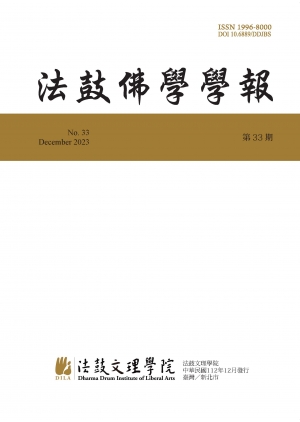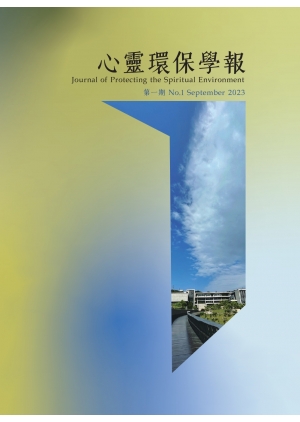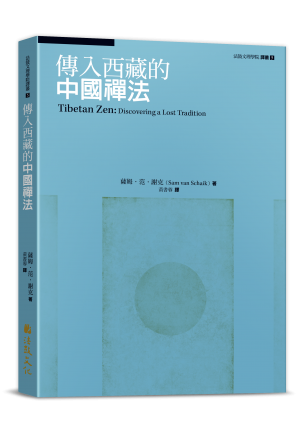Latest News > Read more
-
北宋末臨濟宗楊岐派佛眼清遠 〈坐禪銘〉和黃龍派佛心本才 〈坐禪儀〉的回歸坐禪The Return of Seated Meditation in the “Seated Meditation Inscription” by Qingyuan of the Yangchi Branch and the “Seated Meditation Etiquette” by Bencai of the Huanglong Branch in the Linji School in the Late Northern Song Dynasty北宋末臨濟宗楊岐派佛眼清遠 〈坐禪銘〉和黃龍派佛心本才 〈坐禪儀〉的回歸坐禪
-
自我認識、生命意義與價值探索:一個以哲學實踐為基礎的教學嘗試Self-Knowledge, Meaning in Life and the Exploration of Values: An Attempt Based on Philosophical Practice自我認識、生命意義與價值探索:一個以哲學實踐為基礎的教學嘗試
-
佛教心靈環保的經營管理策略A Buddhist Perspective on Management Strategies Through Protecting the Spiritual Environment佛教心靈環保的經營管理策略
Latest Book > Read more
傳入西藏的中國禪法 Tibetan Zen: Discovering a Lost Tradition
二十世紀初以前,西藏傳統文獻幾乎不見中國禪佛教的痕跡。然而,隨著敦煌洞窟的開鑿,發現寫於十世紀左右的各種語言寫本,改變人們對於早期禪佛教的認識。本書翻譯自一些倖存於敦煌的早期重要藏語禪本。這些譯文傳達出禪佛教傳統的不同面向。譯文前的導讀,除了討論儀式的功能、法諍、傳承與早期禪修傳統,也解釋這些文本如何用於實際修持。
西方在對禪宗發生興趣的早期階段,認為禪宗不奉行任何形式的儀式,實則不然,這是由於當時的新教情結,以及反制式化活動所造成的錯誤印象。事實上,有關禪宗儀式的新近研究指出,禪的日常其實是最淋漓盡致的儀式性生活。本書在提供藏文禪法寫本譯文的同時,也試圖描繪當時宗教型態與人民生活,讓人一探中國禪法在吐蕃統治敦煌時期的流布與傳承。
傳入西藏的中國禪法 Tibetan Zen: Discovering a Lost Tradition 西方在對禪宗發生興趣的早期階段,認為禪宗不奉行任何形式的儀式,實則不然,這是由於當時的新教情結,以及反制式化活動所造成的錯誤印象。事實上,有關禪宗儀式的新近研究指出,禪的日常其實是最淋漓盡致的儀式性生活。本書在提供藏文禪法寫本譯文的同時,也試圖描繪當時宗教型態與人民生活,讓人一探中國禪法在吐蕃統治敦煌時期的流布與傳承。


